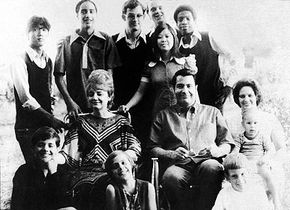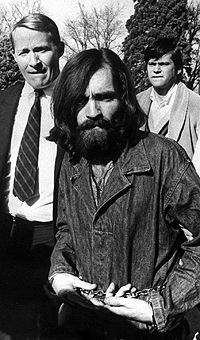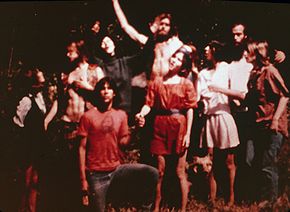When most of us hear the word "cult," we see a bunch of brainwashed zombies feeding their children cyanide-laced fruit drink, mass murders, a burning compound in Waco, Texas -- it's not a pretty picture. But is it a true picture? What exactly is a "cult," and how is it different from a "religion"? Are all cults dangerous? Are people who join destructive cults mentally disturbed, or are all of us equally susceptible?
In this article, we'll separate fact from propaganda and learn what a cult actually is, what practices characterize a destructive cult and look at some of the more notable cult incidents in recent history.
Advertisement
The cults that make the news and drive fear through the hearts of parents sending their kids to college are the exception, not the rule. At its most basic, a cult is simply a small, unestablished, non-mainstream religious group that typically revolves around a single leader. The American Heritage Dictionary defines "cult" this way:
- A religion or religious sect generally considered to be extremist or false, with its followers often living in an unconventional manner under the guidance of an authoritarian, charismatic leader.
- A system or community of religious worship and ritual.
The first definition is closer to the common usage of the term today, but you'll notice there's no mention of brainwashing, murder or mass suicide. There is no meaningful difference between a cult and a religion in terms of faith, morality or spirituality. The primary differences are that a "cult" operates outside of mainstream society, often calls on its followers to make an absolute commitment to the group and typically has a single leader, whereas a "religion" usually operates within mainstream culture, requires varying levels of commitment from its members and typically has a leadership hierarchy that, in practice, can serve as a series of checks and balances.
But destructive cults are a different story. There is a big difference between a destructive cult and a non-destructive religion (or a non-destructive cult). A destructive (or totalist) cult exploits its members' vulnerability in order to gain complete control over them, often using unethical psychological techniques to bring about thought reform. It can be said that a non-destructive religion or cult attempts to alleviate its members' vulnerability through spiritual guidance in an effort to help them exercise control over their own lives.









